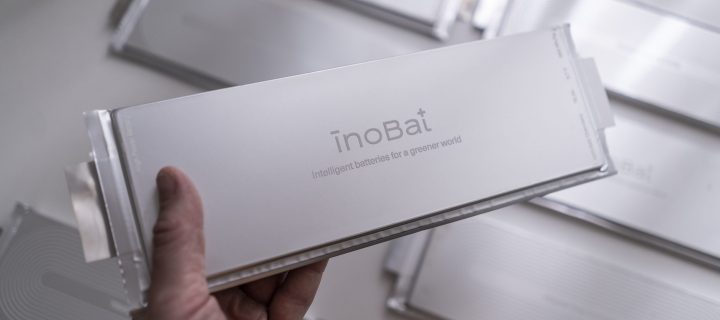Onshoring the EV supply chain to Europe would cut the emissions of producing a battery by 37% compared to a China-controlled supply chain, according to new analysis by Transport & Environment.
This carbon saving rises to over 60% when renewable electricity is used and meeting Europe’s demand for battery cells and components locally would save an estimated 133 Mt of CO2 between 2024 and 2030, equivalent to the total annual emissions of Czechia.
But less than half (47%) of the lithium-ion battery production planned for Europe up to 2030 is secure, the report also finds. This is up from one-third a year ago following a raft of measures put in place to respond to the US Inflation Reduction Act. The remaining 53% of announced cell manufacturing capacity is still at medium or high risk of being delayed, scaled down or cancelled without stronger government action.
France, Germany and Hungary have made the most progress in securing gigafactory capacity since T&E’s previous risk assessment last year. In France, ACC started production in Pas-de-Calais last year while plants by Verkor in Dunkirk and Northvolt in Schleswig-Holstein, Germany, are going ahead thanks to generous government subsidies.
Finland, the UK, Norway and Spain have the most production capacity at medium or high risk due to question marks over projects by the Finnish Minerals Group, West Midlands Gigafactory, Freyr and InoBat.
T&E called on lawmakers to help lock in investments by doubling down on EU electric car policies, enforcing strong battery sustainability requirements that reward local manufacturing, and beefing up EU-level funding.



